The husband-and-wife team of Gachot Studios, John and Christine Gachot, met at Studio Sofield in New York. It was there, under the guidance of the legendary interior designer Bill Sofield, that they learned to understand the intersection of art and design. Both will describe Sofield as instrumental in their careers, which took them eventually to other outlets (André Balazs, David Easton, Thad Hayes) before joining forces and establishing their own firm.
They’ve now done private residences for Marc Jacobs and Charlotte Ronson, hospitality projects like Shinola Hotels and the Smyth, and restaurants and entertainment spaces like the newly opened Gringo’s taco bar in Staten Island and the very Instagrammable Royal Palms shuffleboard court in Gowanus.
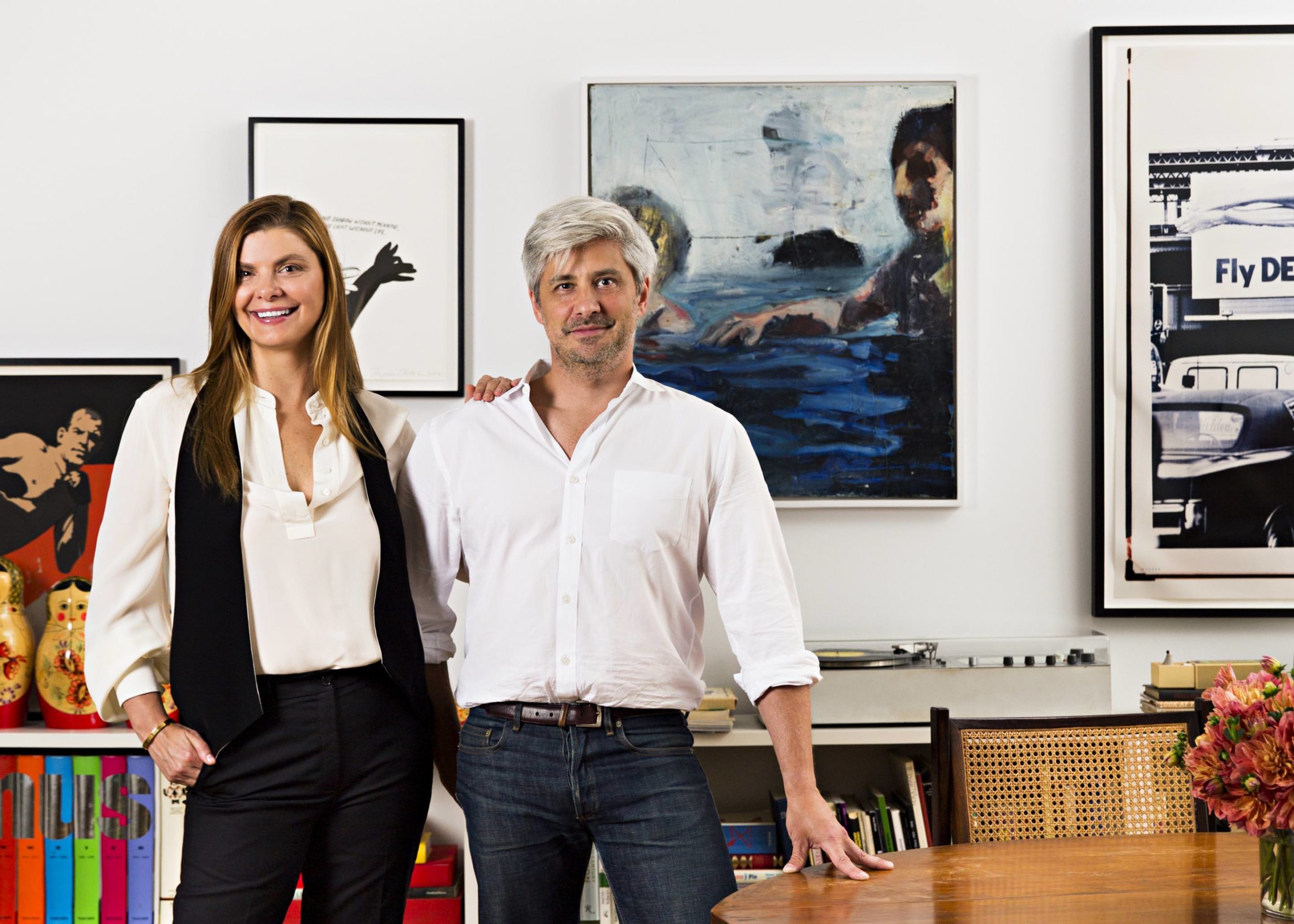
Portrait by Photo by Brittany Ambridge
Courtesy of Gachot Studios
The Gachots love a design-savvy client, embracing the advent of Pinterest and the growing familiarity with the vocabulary of their life’s work. They know how to incorporate a very particular taste, and art collection, or a dose of fun into a luxury project. Their aesthetic is warm, and so are their personalities, which Whitewall learned when we sat down with them in their (equally warm) studio just below Canal Street in New York.
WHITEWALL: You met at Aero Studios, had careers on your own, and then came together again to found your own design firm. From all that experience, what kind of environment did you want to create with Gachot Studios?
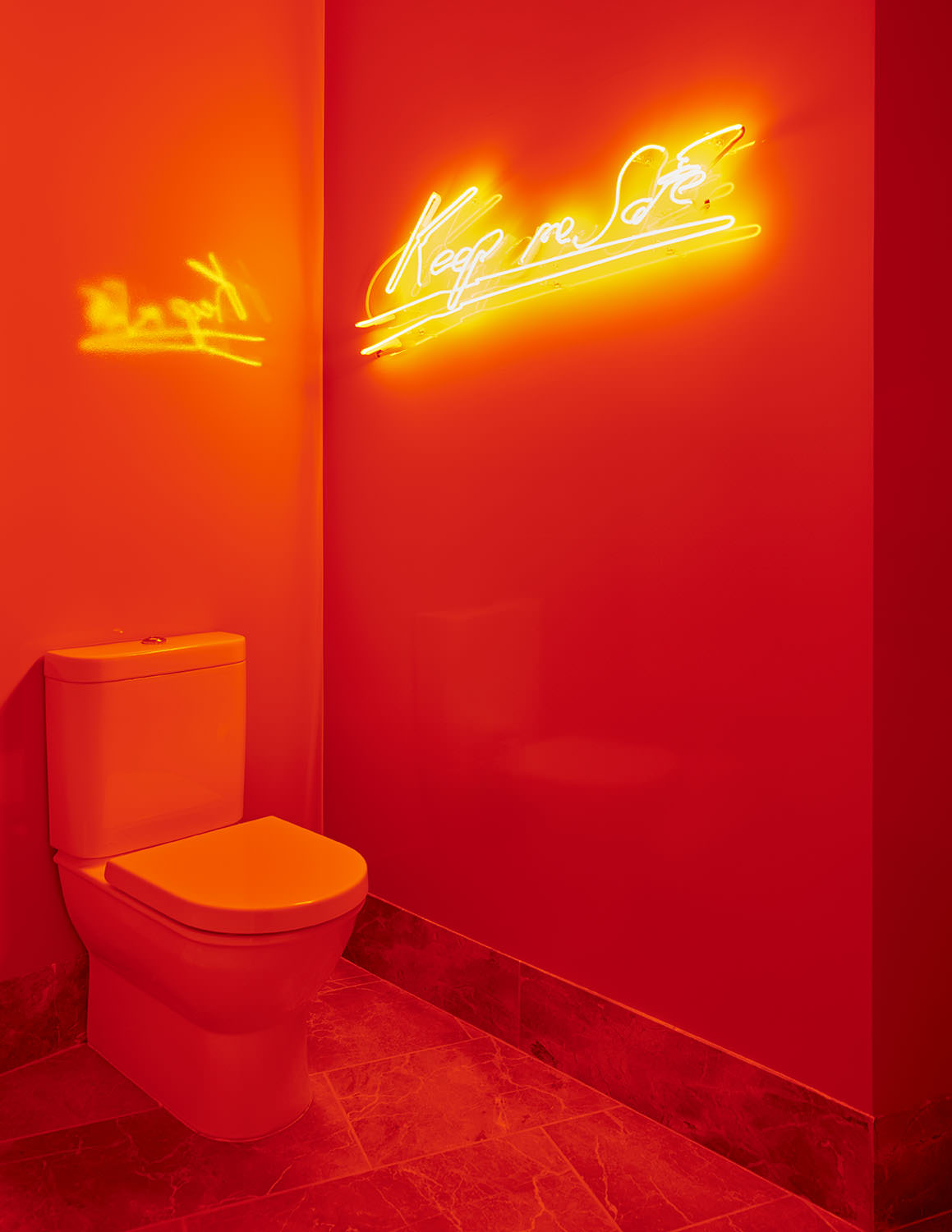
Photo by Jason Schmidt
Courtesy of Gachot Studios
JOHN GACHOT: It’s not just designs on paper. That will never make a project. It’s all these different elements—the architecture, the interiors, the letterhead, the flowers, the candle you light, and the atmosphere you create by being there and how you experience things.
CHRISTINE GACHOT: It’s who you surround yourself with, too. I’ve only had three jobs. I tend to stay places for a long time. Everybody has a very diverse background here. People have different passions. It’s about curating the people you surround yourself with and hiring people more talented than you, period.
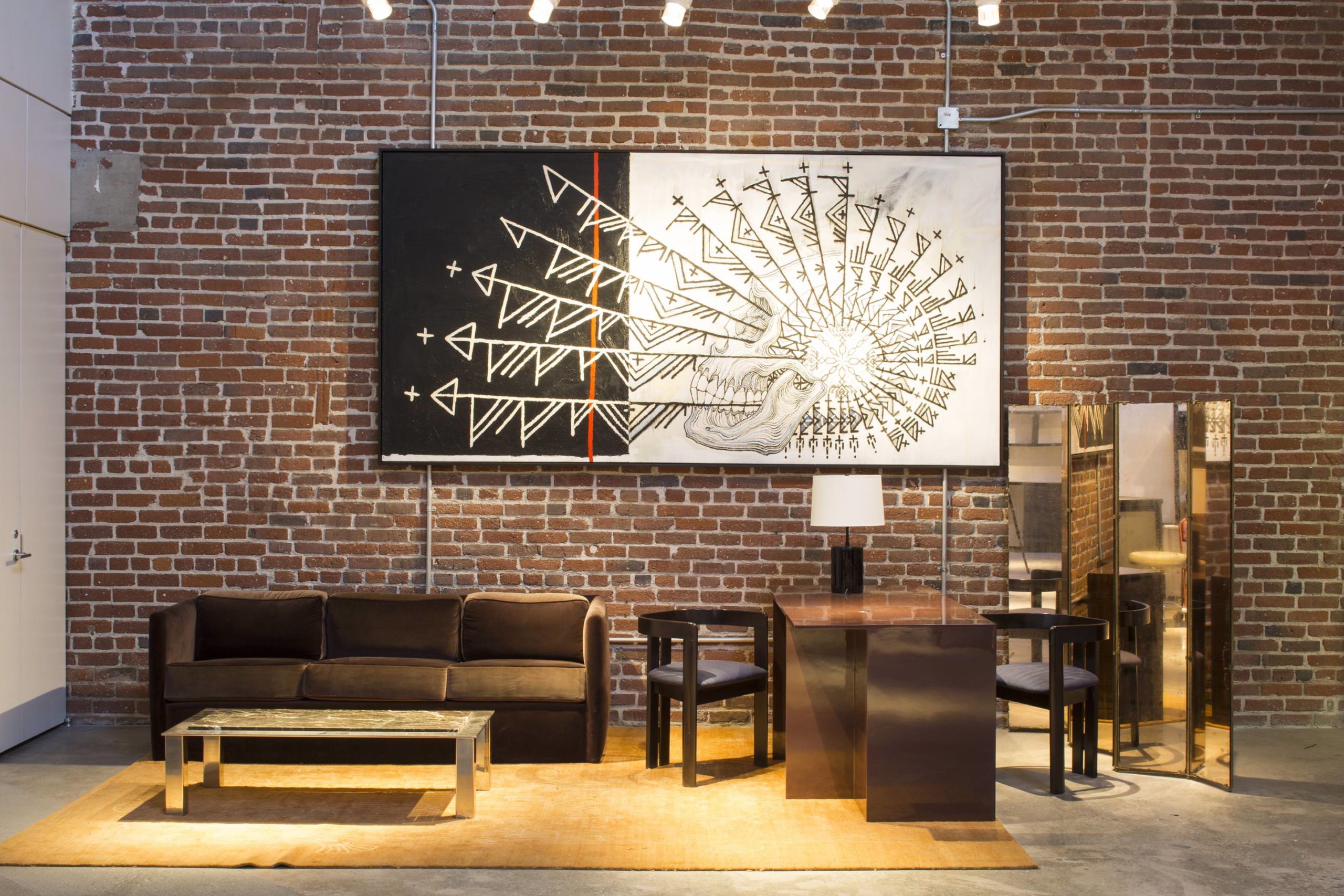
Shinola in Los Angeles
Photo by Meghan Bob
JG: You have to be as talented in production as you are in concept. Because at the end of the day you are producing a physical thing, whether it’s a piece of furniture or room or building.
CG: We tend to really insert ourselves holistically. I was in development for 10 years and it’s a business, a lot of this. In a private residential project, you are the client’s advocate in business. And in projects that are for profit, you have to acknowledge that it’s a product you’re helping to develop. You have to help people create their own feel, not always yours. You’re great editors.
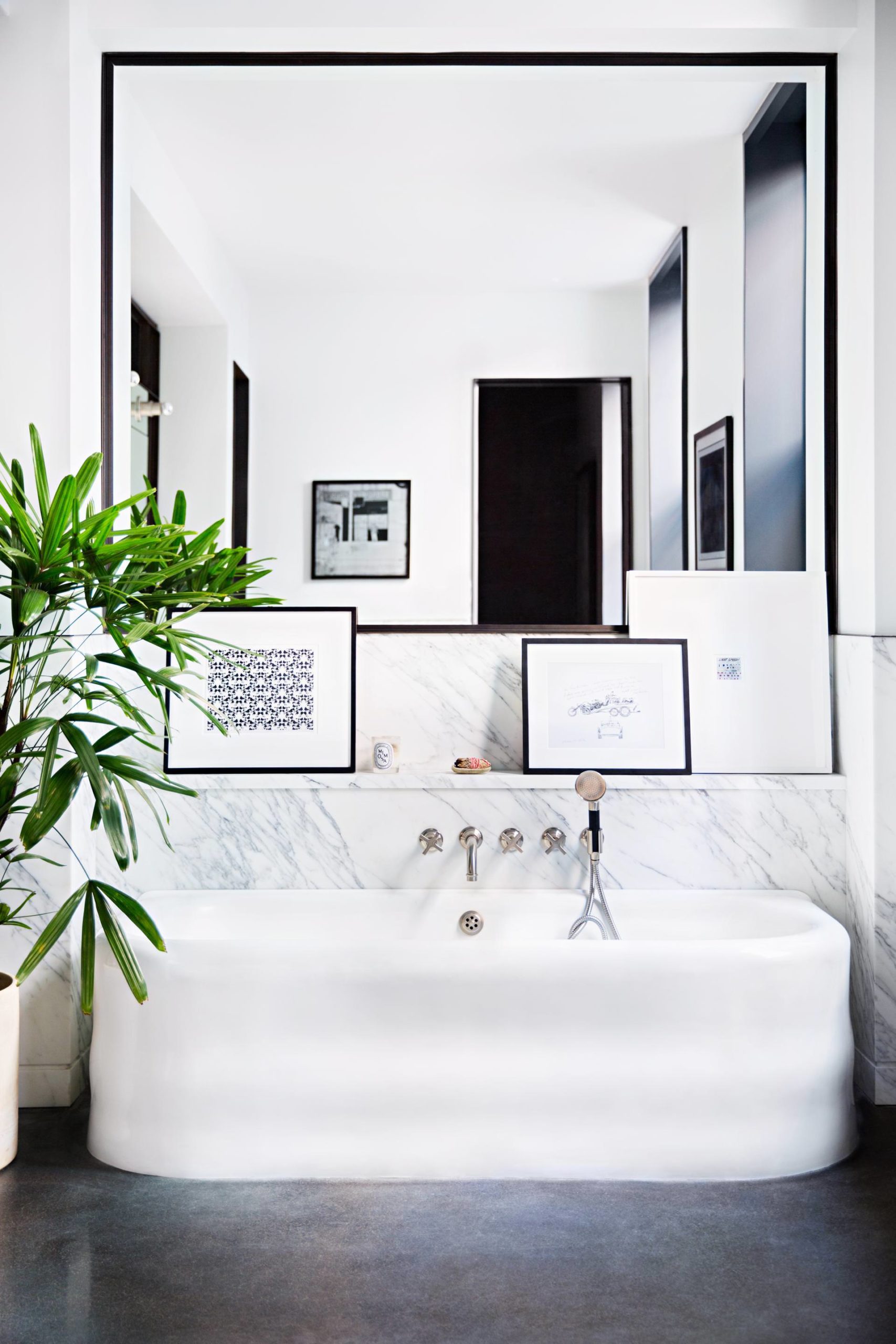
Photo by Brittany Ambridge
Courtesy of Gachot Studios
You can’t all be about the design. It has to be about the experience.
WW: The fact that clients are now more knowledgeable about design, can gather ideas on sites like Pinterest, has been lamented by some designers. How do you feel about that?
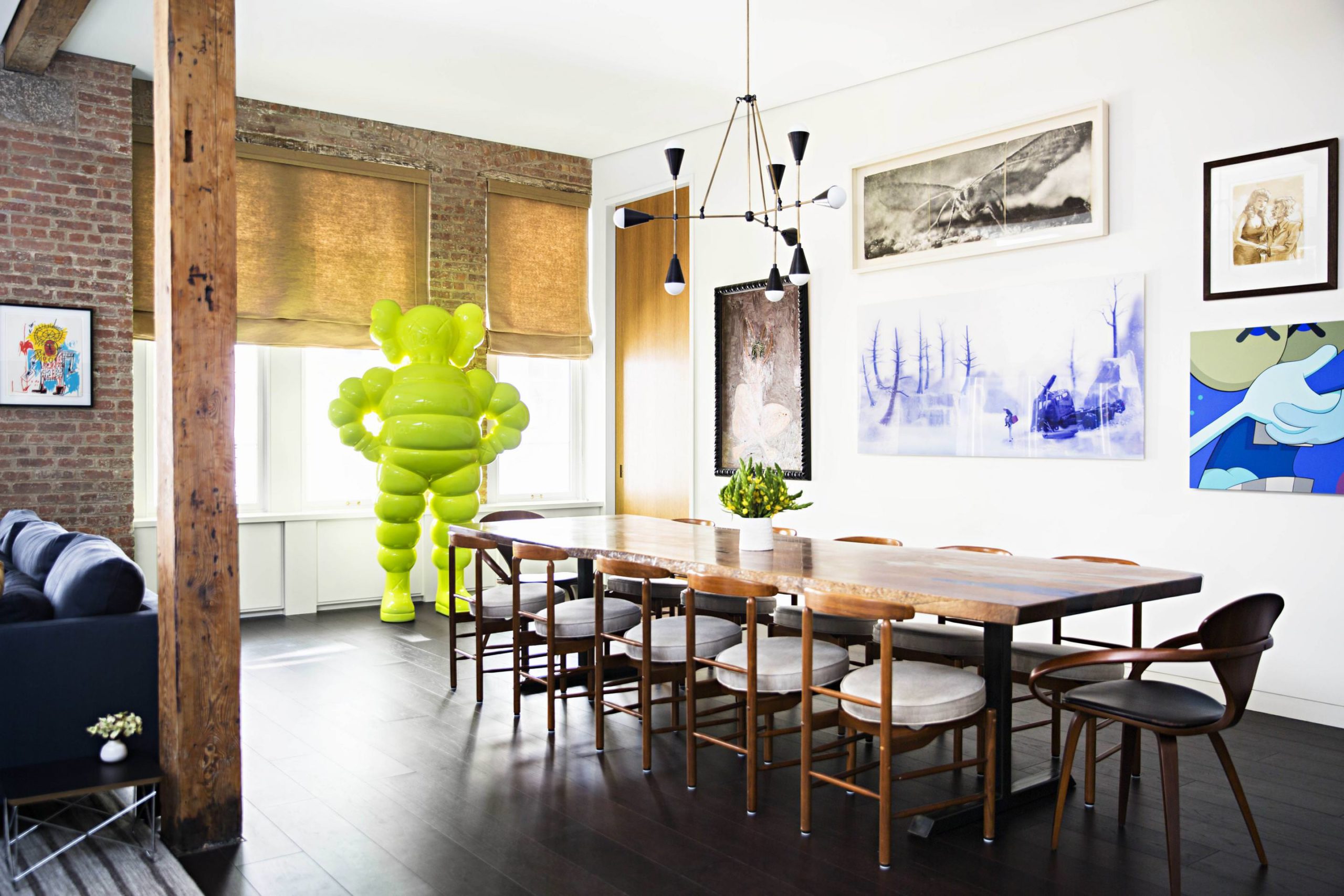
Photo by Brittany Ambridge
Courtesy of Gachot Studios
CG: We embrace it. We love it. I think it’s wildly fun. It’s brought what we all are passionate about into the forefront, a common language much like art, fashion, or music. I think it’s great that people are having a good time with it and come prepared. They have great opinions, and they have great ideas. It is their home. It’s more fun to have participation than not.
JG: We’re not selling sofas; we’re selling designs. I like that accessibility.
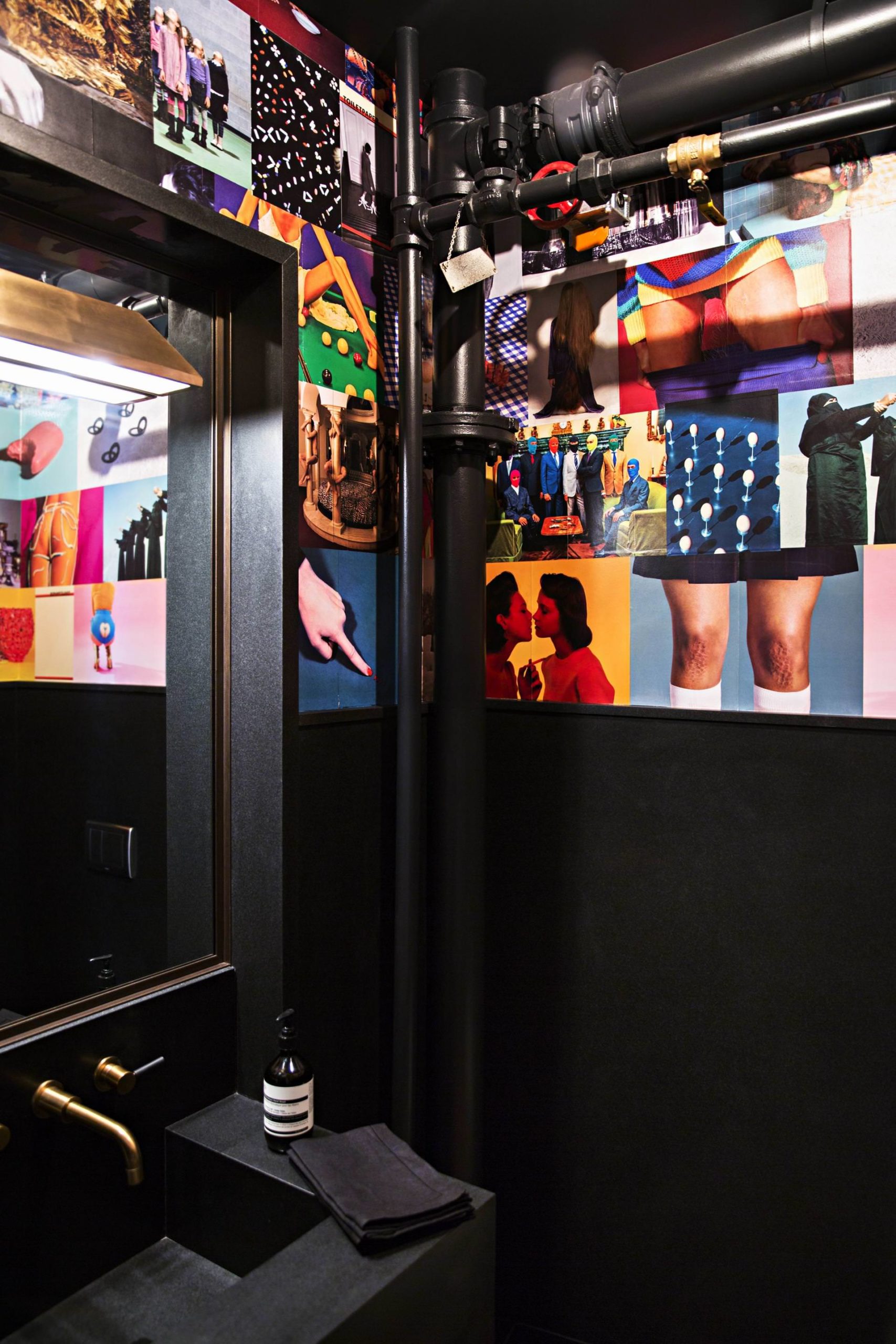
Photo by Brittany Ambridge
Courtesy of Gachot Studios
CG: I think we guide people to make good decisions, and that’s our job.
WW: You’ve spoken in past interviews about starting from a place of practicality, that there is beauty in function. When you start from that point, what does it allow you to do as designers?
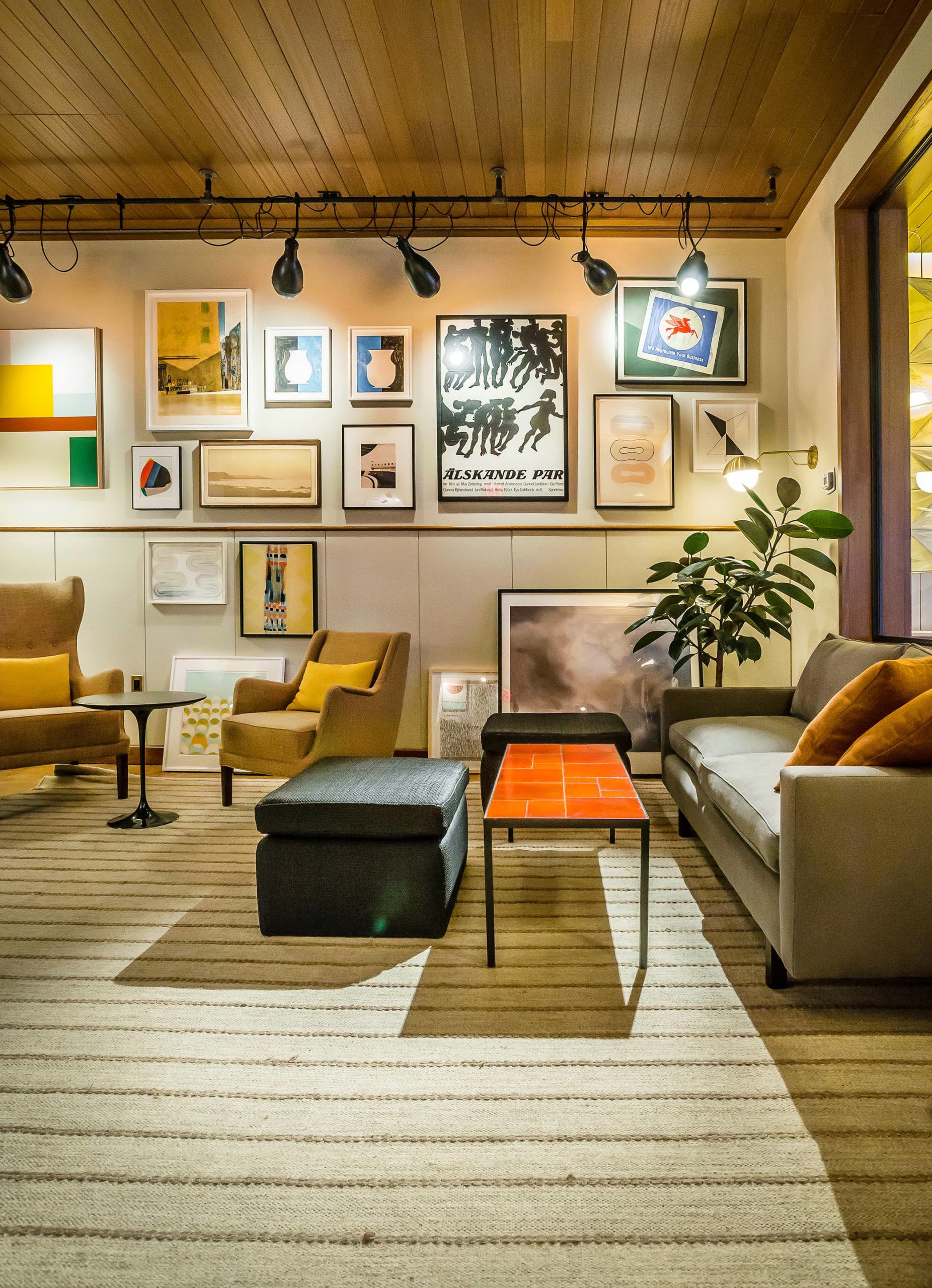
Little Park in New York
Photo by Noah Fecks
JG: I think that applies to even residential places. If you’re designing a home, is it a refuge, is it entertaining, is it both? Then there are the physical constraints of space. And so that merging of design concept and reality are important to get to those practical measures. It’s very wabi-sabi, these accidents.
CG: There are moments where the stars align. I have a client now—we’re working on a hotel brand and I walk out feeling blessed after every meeting. They are good decision makers, they participate, they ask wonderful questions.
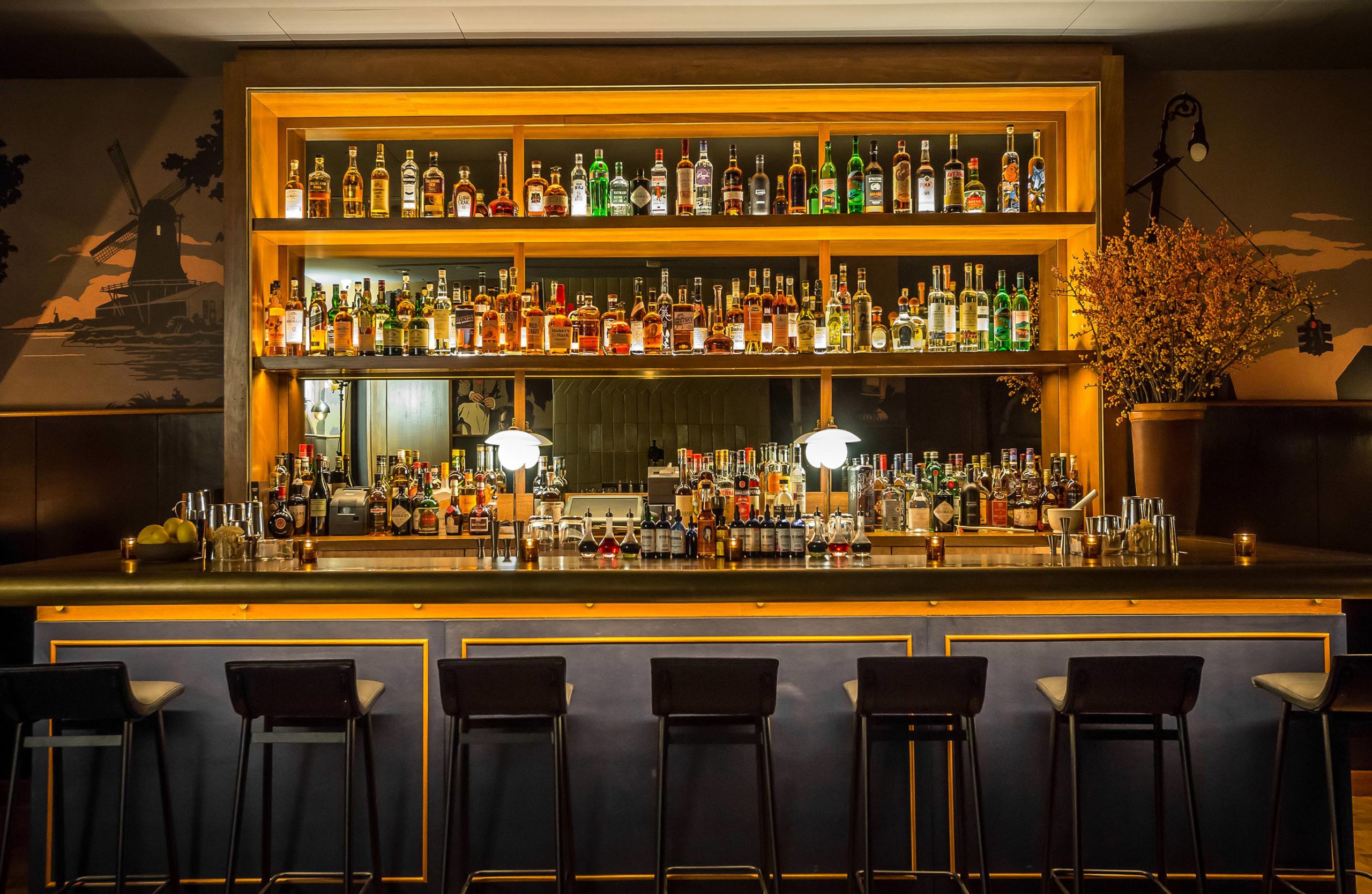
Little Park in New York
Photo by Noah Fecks
WW: While you’ve worked on very different projects, one thing that runs through it all is a feeling of warmth.
CG: You want people to feel comfortable. You want it to be friendly and welcoming. It’s not only my passion for hospitality; I think it’s the way that we live our lives. We take our work very seriously, but I don’t know if we take ourselves too seriously.
JG: We’re super fortunate to be able to do what we do and build on that positive energy and make things really great. This is a little niche luxury world.
CG: I don’t think people want tricky design anymore, especially in hospitality. I’m very excited to see what’s about to happen with hotels. A lot of the great hotels are being redone, so you are seeing this mix of old and new to bring in residential feeling to a hotel.
What Equinox is doing with fitness and wellness is so long overdue in the industry of hospitality. We’re excited to see what they do, too.
WW: You’re working on a taco place in Staten Island, Gringo’s, and you’ve designed a shuffleboard space. How does play fit into your design sensibility?
CG: At Gringo’s we did an art installation that’s wildly fun. We enjoy collaborating.
JG: The architecture of the space is very clean, super European, so we thought, “Let’s make something different that has the spirit of where you’re coming from.” You feel like you’re walking to a gallery. The installation wraps up the wall onto the ceiling. It’s got the spirit and fun and levity of what the owner wants it to be.
CG: That’s always great when art can be tongue-in-cheek and fun and appeal to a broad range of people.
WW: You collect and have a lot of clients who collect. When you design around a collection, what are the things you’re considering?
CG: Marc Jacobs has a pretty nice art collection. We have a few clients that . . . it’s sick, there’s no other way to say it.
JG: Some come in and say, “Look, this piece has to go on this wall,” and you haven’t even designed the space yet. So we say, “Let’s go see the piece, understand it.”
CG: We have art envy.
JG: And I think there’s an appreciation for how that fits into the design; it’s thought through.
WW: What area have you not explored that you’d love to design for?
CG: I really have been dying to do fitness. I have. We’re doing an Equinox gym, which we’re super excited about. We’re working with them on some projects. I feel like I just checked that box with this new collaboration and relationship.
People are really doing a lot of creative things with their brands. I think it’s exciting to see what they’re all doing, and the fact that we get to participate is great.








